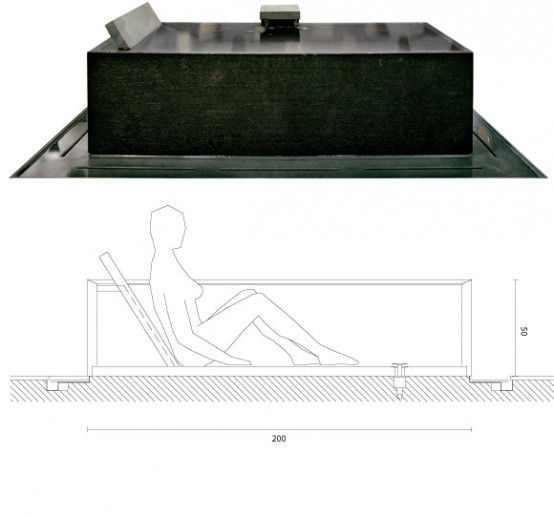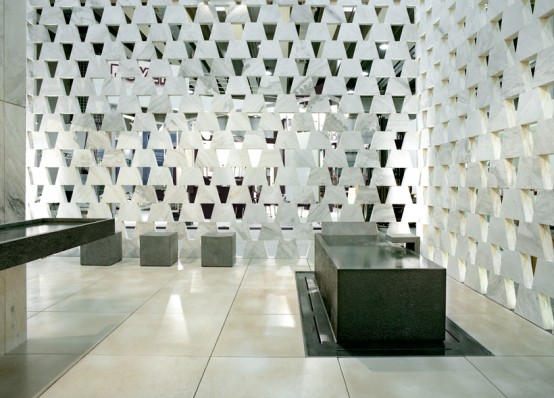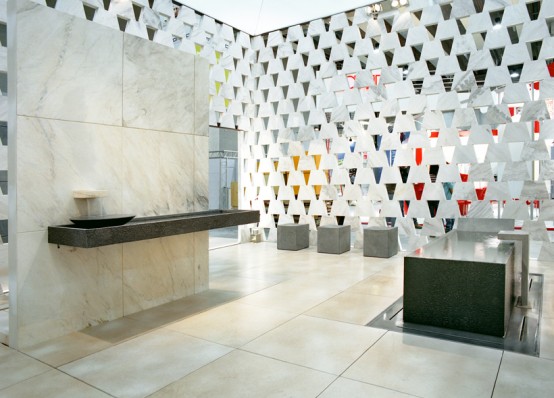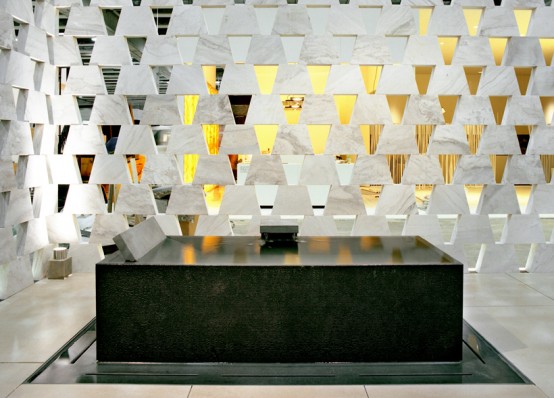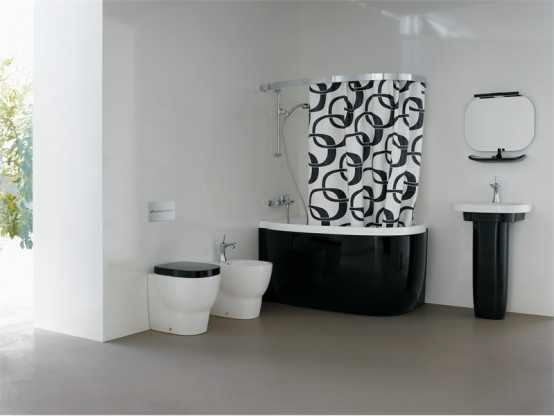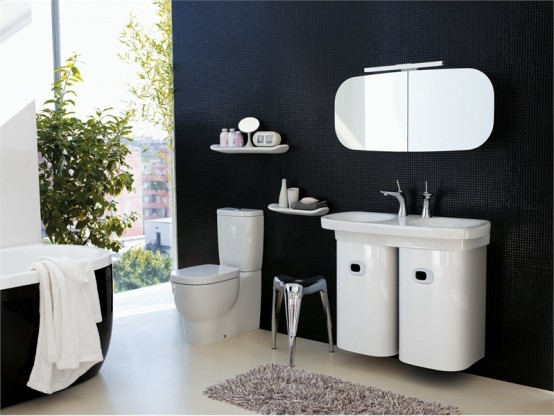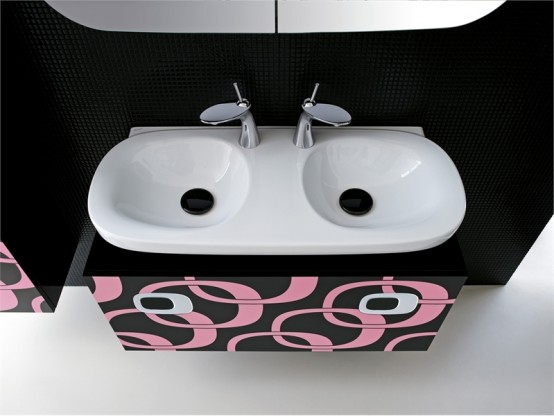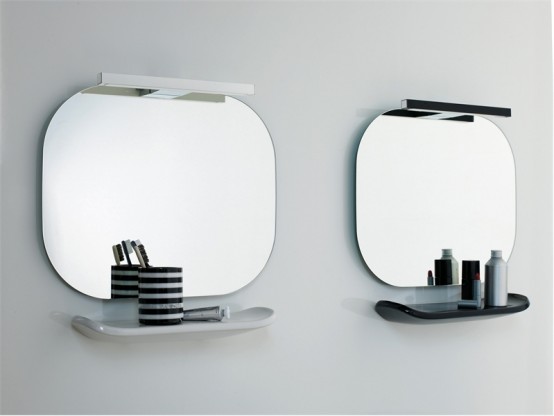
The MRT system should integrate seamlesly with other existing modes of transport such as the KL monorail.
2011 can be a year for the common folks and real estate industry players to celebrate if more timely efforts are expended to improve the overall living, working and leisure environment in our cities.
There are a number of initiatives that need to be undertaken to further shore up the quality of living for the people.
Top of the list is without doubt the dire need for a highly efficient and functional public transport system that will ensure the optimum integration and utilisation of the various modes of transport and infrastructure. The grossly inefficient public transport system in our cities now is the reason why our roads are so heavily congested as the people have no choice but to drive.
Most environment-conscious cities around the world are clamping down on the number of vehicles in their cities to reduce vehicular pollution and their carbon footprint. Malaysian cities should follow suit and timely action should be taken now to ensure we are not left behind in the pursuit of clean environment. The plan for the much-awaited mass rapid transport (MRT) system in the Greater KL (GKL) area should be accorded fast-track priority and the project should get off the ground as soon as possible. All efforts should be taken to ensure the project will not turn into a white elephant (built at a high cost and under-utilised) which could well be if it fails to integrate seamlessly with other existing modes of transport such as the light rail transit, monorail, public buses, taxis and other transport system.
With petrol prices expected to go up further with the lowering of government fuel subsidy in the coming days, having a world-class public transport system that is operated efficiently will be a big boost to the liveability of our cities including Kuala Lumpur, Petaling Jaya, Subang Jaya and Shah Alam. In order for the MRT project to be a big success, the cost should be kept down so that its operation will not be over-commercialised and profit oriented. The fares should be kept affordable for the common folks in order to ensure it will be widely used.
The proposed redevelopment of the sprawling Rubber Research Institute (RRI) land in Sungei Buloh and the Sungei Besi military airport land among others is a good opportunity to undertake a holistic master planning for a top-notch public transport system that will serve all the well-populated parts of our cities. The success of the project in the GKL should become a model to improve the public transport system in other cities country-wide to keep up with the rapid urbanisation and needs of the people. Cities like George Town, Malacca and Johor Baru are also in need of much better public transport system to move forward.
Quality infrastructure projects, including good public transport system, will without doubt spawn more well-planned real estate projects and townships that will ease the shortage of supply of a broad range of quality housing products, especially affordable housing units. Ideally, there should be a greater emphasis on quality housing projects versus commercial projects in these developments since there is a shortage of good housing units now and a glut of commercial space, especially office buildings.
Another timely initiative will be to enlarge the role of the national housing company or Syarikat Perumahan Negara Bhd (SPNB) to be more proactive as the appointed agency to be responsible for providing enough affordable housing units for the lower and middle income groups. There is currently a severe shortage of affordable housing projects in good locations as many developers are busying themselves with higher-priced niche lifestyle projects that offer higher premiums to their bottomlines.
So the vacuum in the affordable housing sector should be filled by SPNB in concert with the various state housing authorities. A national census or survey should be undertaken to gather and compile all the necessary statistics on the actual number of affordable houses that are still needed and to ensure enough of such housing units are build for the people. With the sharp escalation in house prices in many parts of the country, including the GKL, Penang and Johor, many average income earners are unable to buy a house now.
As the Government is opening up more land, including the RRI land in Sungei Buloh and the Sungei Besi airport land for redevelopment, SPNB should take the opportunity to work with the appointed organisations the Employees Provident Fund for the RRI land and 1Malaysia Development Bhd for the Sungei Besi land to submit plans for affordable housing needs in these projects.
With the huge demand, at least 20% to 30% of the land should be allocated to build housing units priced between RM200,000 to RM300,000. If SPNB is unable to undertake this role for whatever reason, a proper national housing board (like the one in Singapore) should be established touphold the public housing needs.
Deputy news editor Angie Ng believes that to achieve anything worthy, it is time to cast out rhetoric and slogans, and get on with real action.
By The Star (by Angie Ng)











